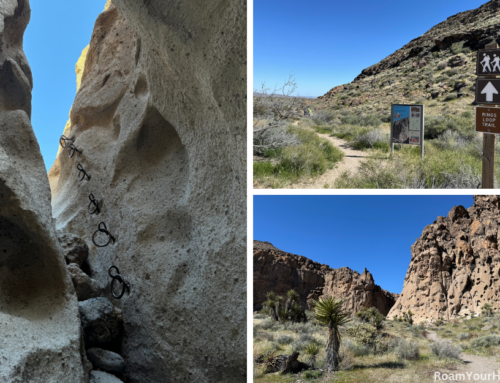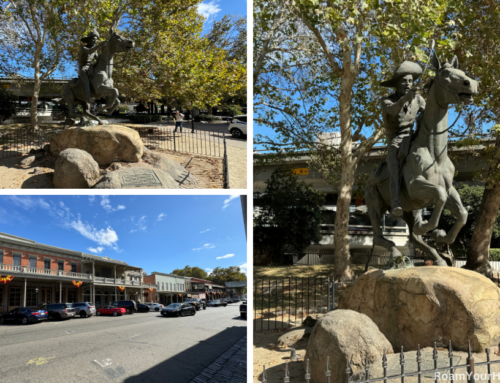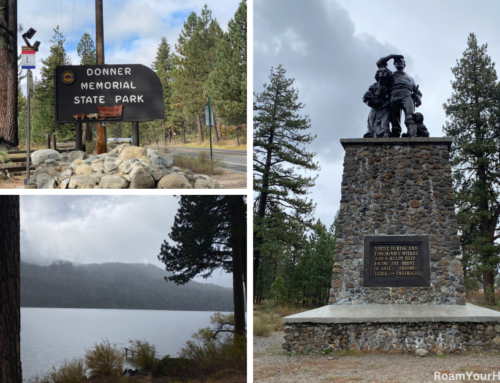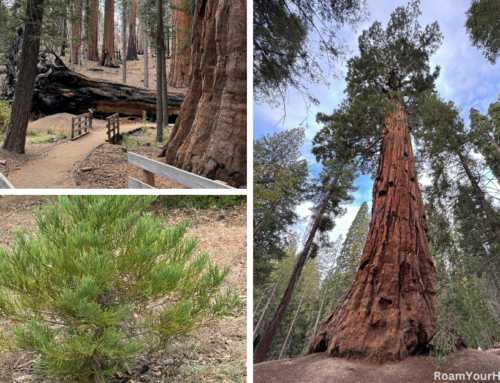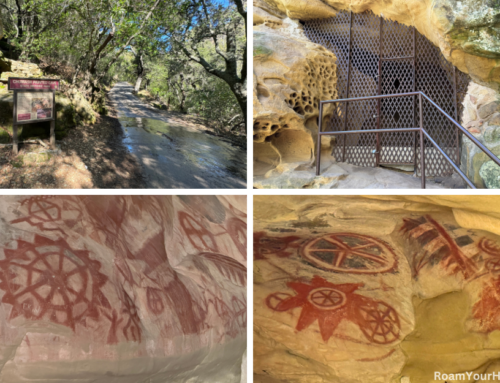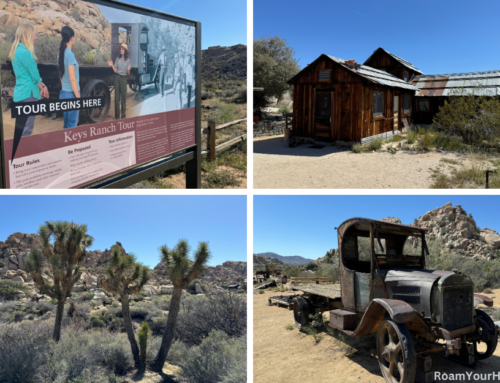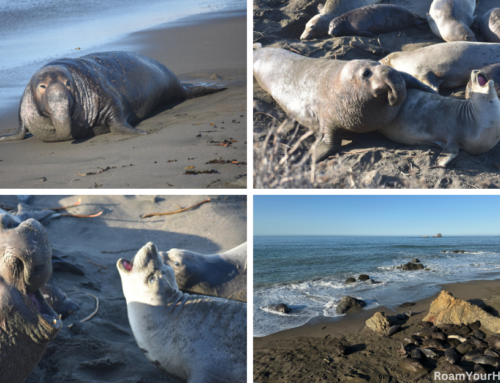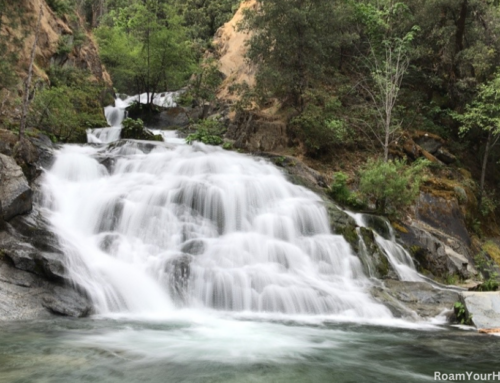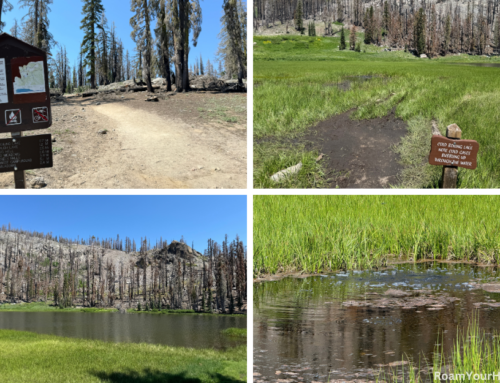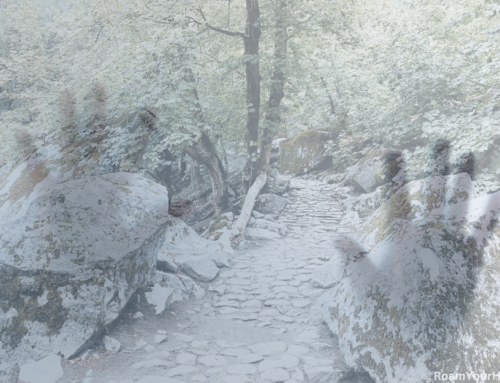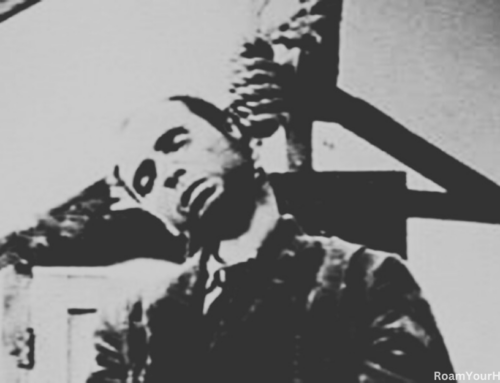
Jack London State Park: History and Visitor’s Guide
Jack London State Park is in Sonoma County near Glen Ellen, California, about 50 miles from San Francisco. This remarkable park, once the home and ranch of famed author Jack London, invites visitors to step into the world of one of America’s greatest writers while enjoying the natural beauty that inspired him.
The park, also known as the Jack London Home and Ranch, preserves his and his wives’ graves, the ruins of their dream home, the home where they lived, and a museum dedicated to Jack London’s life.
Walking through History at Jack London State Park
Jack London, best known for The Call of the Wild and White Fang, was not only a literary icon but also a passionate adventurer, farmer, and social reformer. In 1905, he purchased a piece of land in Glen Ellen, where he dreamed of creating a sustainable farm and a place to write.
My wife and I visited on a cool, wet winter morning. We arrived before the park opened. Thankfully, the gate was open. Both of us are big Jack London fans and were very excited to visit the park and learn about his life and works.
After reading a few signs, we figured out our game plan: Jack London and his wife’s graves, the Wolf House ruins, and then the House of Happy Walls Museum, which would be open after we checked out the first two things.
It’s about a mile and half-loop hike to visit the graves and Wolf House Ruins.
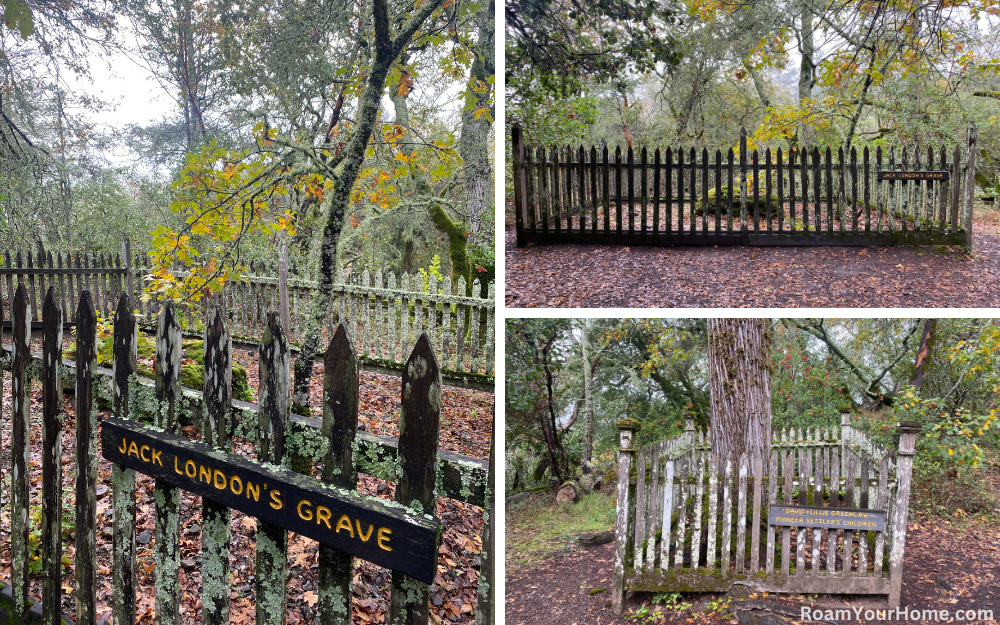
Jack London’s Grave
After walking for a short time, we came to a spur trail that led to Jack London and his wife Charmain’s graves. They are simple rock stones surrounded by a wooden picket fence marking the graves. London knew exactly where he wanted to be buried. He once remarked to his wife “I wouldn’t mind if you laid my ashes on the knoll where the Greenlaw children are buried. And roll over me a red boulder from the ruins of the Big House.”
That is what happened on November 26, 1916. In a silent ceremony, Charmain placed her husband’s ashes on the chosen knoll under the stone. After she passed away in 1955, Charmain’s ashes were also laid to rest there.
The Greenlaw children were those of previous owners and buried on the same knoll as London.
After paying our respects we headed back down the wet trail towards the Wolf House Ruins. It was a pleasant hike. The ground was covered in wet leaves and air smelled clean and crisp and was peppered with sounds from songbirds fluttering about after the storm. After hiking for another 15 minutes or so we came to the Wolf House Ruins.

The Wolf House Ruins
The Wolf House was a dream, almost come true for the Londons. “I am building my dream-house on my dream-ranch. My house will be standing, act of God permitting, for a thousand years.” London would write.
The Wolf House got its name from Jack’s nickname. He wrote so often about wolves and dogs that his friend and fellow author George Sterling gave him the nickname “The Wolf”. Construction began in 1911. London was influenced by the destruction caused by the catastrophic San Francisco earthquake and firestorm in 1906.
He worked closely with the architect. The rustic, fireproof design used local volcanic rock and unpeeled redwood mounted on a concrete foundation strong enough to hold a 40-story building.
The four-story, 15,000-square-foot house boasted stunning views of the Sonoma Valley. Its 26 rooms and 9 fireplaces featured then modern conveniences such as hot water, electricity, lighting, and refrigeration.
While it was London’s dream home, it would really tragically become an almost dream come true. One month before the Londons were moved in, on August 22, 1913, a fire probably caused by spontaneous combustion destroyed the home.
“It was a quick-fire,” said a devastated London. “The walls are standing, and I shall rebuild.” But suffering from poor health, London never recovered from the blow. Three years later, at the age of 40, he died of kidney failure.
The ruins of Wolf House still stand. Walking around the large rock walls is still inspiring. You can see just how magnificent the house was going to be. We spent about 20 minutes relaxing and checking out London’s dream turned nightmare. The haunting ruins stand as a testament to his ambitious vision.
After which looped back towards the parking lot and House of Happy Walls Museum.

The House of Happy Walls Museum
After Jack London’s death, his wife Charmain abandoned rebuilding the grandiose Wolf House. Instead she built a small version in the memory of Jack. She would live in the memorial to her husband until she died in 1955. In her will she left very specific instructions for the home. Writing, “In case of my death, it is my wish that my home, ‘House of Happy Walls,’ is not to be lived in by anyone except a caretaker. This building & its arrangements are peculiarly an expression of myself and its ultimate purpose is that of a museum to Jack London & myself. It can be used for the purpose of revenue.” Today the building serves as the visitor center and a museum for Jack London State Historic Park
Much of its home furniture is original and intended for use in the Wolf House. My wife and I spent the better part of an hour reading and exploring the House of Happy Walls. The museum has a wide variety of exhibits showcasing London’s books, personal artifacts, and photographs from his travels. Many of the displays are about Jack London’s life that go beyond him as a celebrated author. It was a very interesting experience. On our way out, we stopped by the bookstore in the building and picked up a copy of “The Sea Wolf.” When visiting literary sites, it’s become a hobby to pick up a copy of a book I haven’t read yet.

The Cottage to Beauty Ranch
The Cottage was the London’s’ principal home while Jack was alive. This wood-framed Cottage, built in the 1860s, was bought by London in 1911, along with the Kohler and Frohling Winery buildings. He would write many of his famous works there. The home has been restored to what it was like when Jack and Charmain lived there.
Tours are offered inside the home; unfortunately, during our visit, they were not offered. If you tour the inside of the home, you will see London’s writing room, complete with original furnishings.
The hills surrounding the cottage are planted with vines from Kenwood Wines, aptly named Jack London Vineyards. Displays explain London’s keen interest in farming.
Outdoor Adventures and Scenic Beauty
Beyond its historical significance, Jack London State Park is a haven for nature lovers. The park boasts over 29 miles of hiking, biking, and horseback riding trails, winding through forests, meadows, and vineyards. Some highlights include:
Beauty Ranch Trail – This moderate hike takes you past London’s barns, cottages, and farming innovations, offering a glimpse into his agricultural experiments.
Sonoma Mountain Trail – For those seeking a challenge, this 8-mile trek leads to a stunning panoramic view of Sonoma Valley and even glimpses of the Pacific Ocean on clear days.
Lake Trail – A peaceful, easy walk that meanders around a small lake, perfect for a relaxing picnic or birdwatching.
Tips for Visiting the Jack London State Park
The best time to go is in the Spring with wildflowers blooming and Fall with golden foliage, both offer the most pleasant weather. That said, we enjoyed our visit in the dead of winter. I felt like we had the entire park to ourselves.
Hours & Fees: The park is open daily from 9:00 AM to 5:00 PM, with an entrance fee.
Jack London State Historic Park is an easy day trip from the Bay Area or Sacramento and certainly worth the time to visit.
Whether you’re a history and literature lover or an outdoor enthusiast, Jack London State Historic Park provides a captivating experience. From wandering through the ruins of the Wolf House to hiking scenic trails once explored by London himself, this park offers a unique opportunity to connect with the legacy of a literary legend while soaking in the beauty of California wine country. If you’re visiting Sonoma Valley, make sure this gem is on your itinerary!
